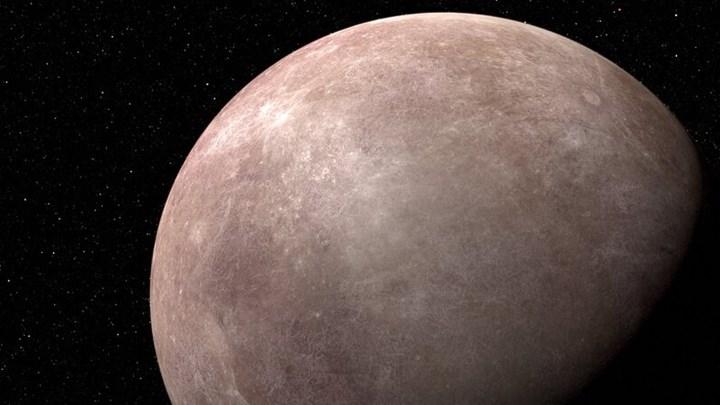 The James Webb Space Telescope has achieved visually stunning scientifically spectacular results from its first six months of operation, and now it’s surpassing yet another milestone: the discovery of the first exoplanet, LHS 475 b.
The James Webb Space Telescope has achieved visually stunning scientifically spectacular results from its first six months of operation, and now it’s surpassing yet another milestone: the discovery of the first exoplanet, LHS 475 b.Almost the same size as Earth
Exoplanet LHS 475 b has almost exactly the same diameter as Earth. This new planet, which is 99 percent the size of Earth itself, is located just 41 light-years away, which is very close on the cosmic scale. The first signs of the discovered planet were revealed by NASA’s Transiting Exoplanet Survey Satellite (TESS) data. Afterwards, the teams began to probe around the red dwarf star LHS 475 for a more detailed study. The Webb telescope observed the exoplanet using the NIRSpec instrument. The observation is data for now, as NIRSpec uses infrared data that changes as the planet passes in front of its star.
[seedh=159240}
“There’s no doubt that the planet is there. Webb’s pristine data confirm this,” said Jacob Lustig-Yaeger of the Johns Hopkins University Applied Physics Laboratory, who led the research.
So close to its own star
 As the space agency notes, among the telescopes in operation today (both terrestrial and orbital), only JWST has the ability to accurately characterize the atmospheres of Earth-sized exoplanets. By analyzing the spectrum from the planet, scientists are trying to determine what kind of atmosphere this rocky planet has, if any.
As the space agency notes, among the telescopes in operation today (both terrestrial and orbital), only JWST has the ability to accurately characterize the atmospheres of Earth-sized exoplanets. By analyzing the spectrum from the planet, scientists are trying to determine what kind of atmosphere this rocky planet has, if any.According to the predictions, it is said that the planet may not have an atmosphere or may contain 100 percent carbon dioxide. Therefore, such an atmosphere does not make LHS 475 b a habitable planet for humans. The discovered planet, on the other hand, orbits very close to its star and is probably several hundred degrees hotter than Earth. However, according to the team’s co-leader Kevin Stevenson, the finding represents an important milestone for Webb and is “only the first of many discoveries he will make.”